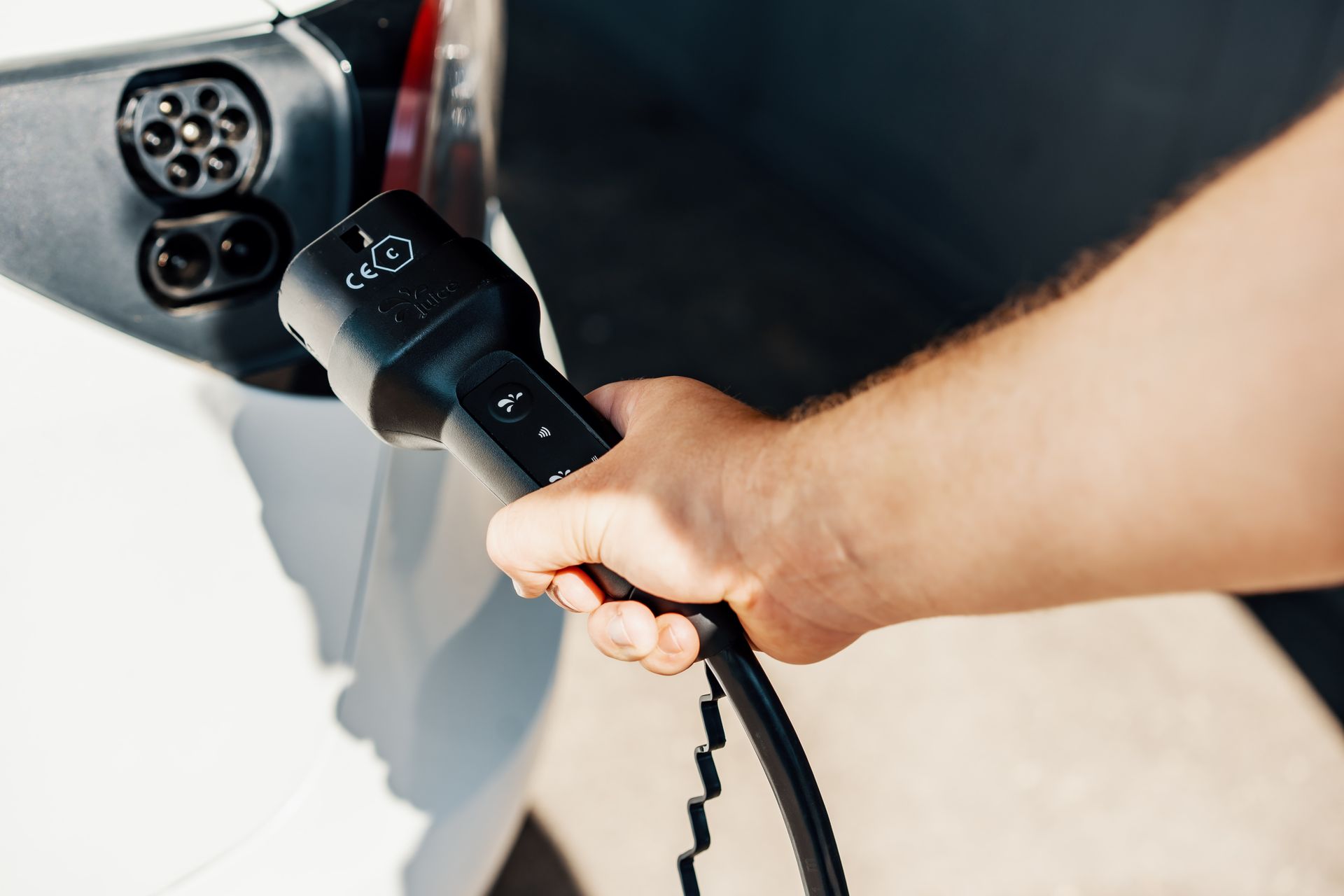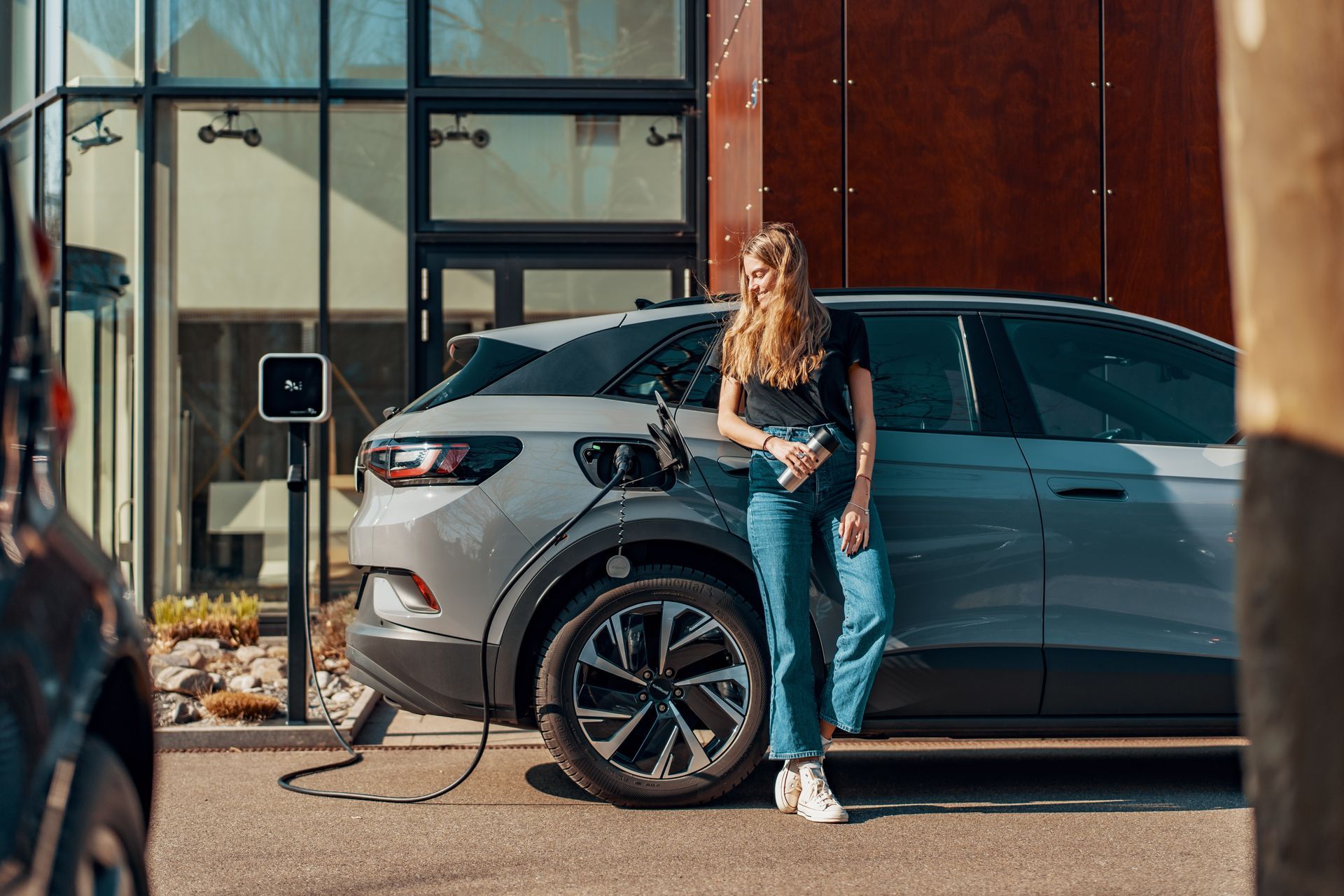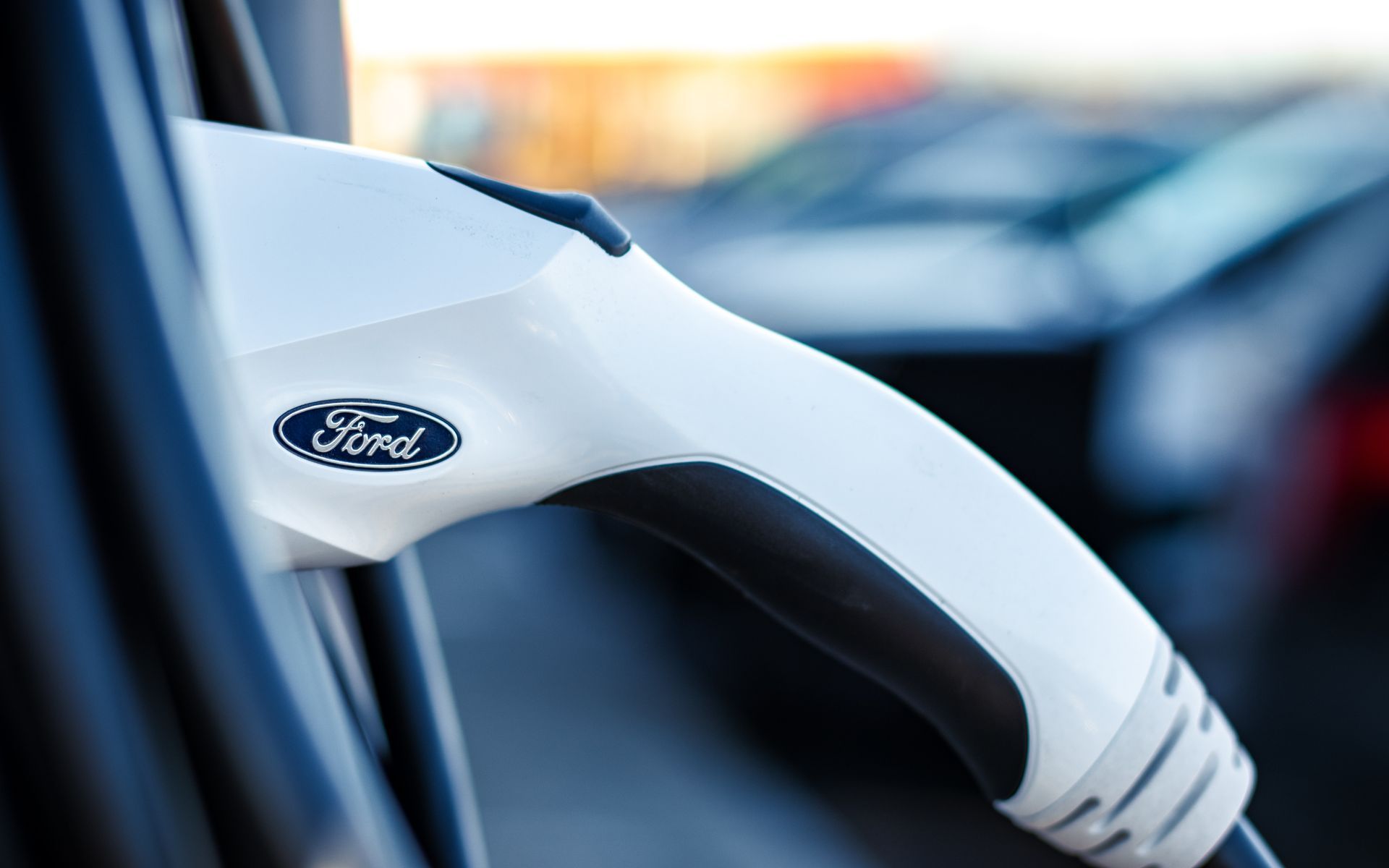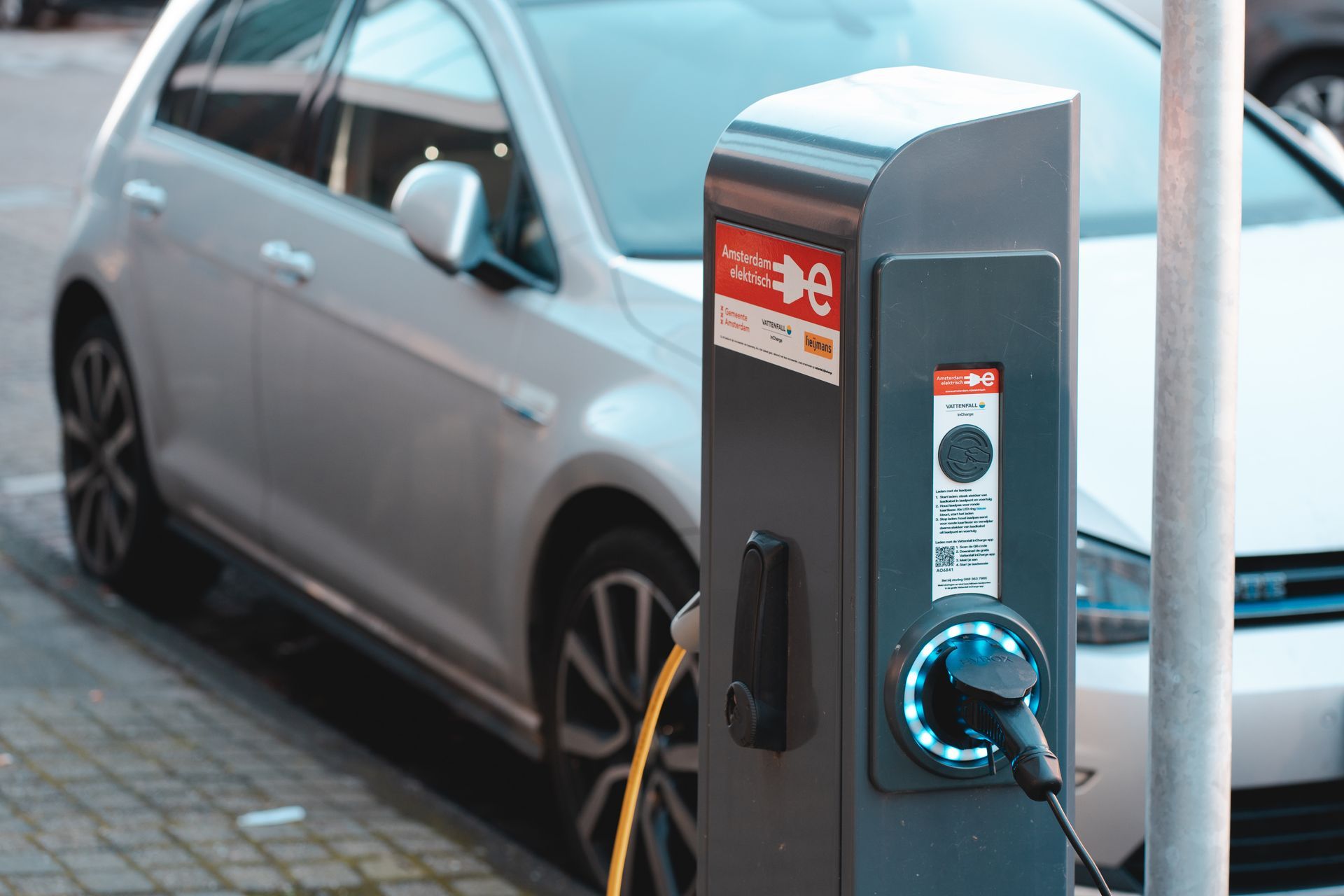Charging Ahead with Solar: The Sustainable Synergy of Sunlight and Electric Vehicle Infrastructure
In an era marked by the urgent need to address climate change and transition towards cleaner energy sources, the fusion of solar power and electric vehicle (EV) charging infrastructure stands out as a remarkable innovation. The marriage of these two technologies, harnessed together in a sustainable synergy, presents a promising solution to reduce carbon emissions and revolutionize the way we power our transportation systems. This article delves into the significance of solar-powered EV charging and highlights some pioneering providers that are driving this transformative movement.
Solar-Powered EV Charging: A Winning Duo
The depletion of fossil fuels and the alarming rise in greenhouse gas emissions have put the spotlight on renewable energy sources. Solar power, with its abundant and inexhaustible nature, has emerged as a frontrunner in the race to combat climate change. When integrated into EV charging infrastructure, solar energy offers a sustainable solution that not only reduces the reliance on conventional energy grids but also minimizes the environmental impact of transportation. By tapping into the power of the sun, EVs can be charged using clean energy, significantly lowering their carbon footprint and contributing to a greener future.
Pioneering Providers: Leading the Charge
Several forward-thinking companies have taken the initiative to incorporate solar power into their EV charging networks, showcasing the potential of this groundbreaking synergy.
1. Tesla: Powering EVs with the Sun
Tesla, a renowned name in the EV industry, has set an impressive example by incorporating solar panels into their Supercharger stations. These stations harness solar energy to power not only the chargers but also the surrounding facilities, making them largely self-sufficient in terms of energy. This integration of solar power aligns with Tesla's vision of a sustainable energy ecosystem that encompasses both transportation and electricity generation.
2. Envision Solar: Mobility and Energy Unleashed
Envision Solar specializes in solar-powered infrastructure, and their EV ARC™ (Electric Vehicle Autonomous Renewable Charger) exemplifies their commitment to sustainability. This stand-alone charging station utilizes solar panels to generate and store energy, providing EV owners with an off-grid charging solution that can be easily deployed in various locations, further reducing the strain on traditional power grids.
3. Nissan: Illuminating the Way
Nissan's commitment to sustainability extends beyond their electric vehicles. The company has introduced solar-powered EV charging stations that use repurposed LEAF batteries for energy storage. This approach not only enhances the environmental impact of their vehicles but also showcases an innovative way to recycle and extend the life of EV batteries.
The momentum behind solar-powered EV charging isn't limited to specific players; renowned automakers like Ford, BMW, and Mercedes-Benz are also embracing this dynamic synergy. Ford, for instance, has embarked on a mission to blend sustainable mobility with renewable energy. Collaborating with multiple partners, they have introduced solar carports at some of their facilities, providing shade to vehicles while harnessing solar energy to power both the cars and the surrounding infrastructure. Similarly, BMW has ventured into solar-powered charging solutions, bringing solar carports and panels to their dealerships and select charging stations. By intertwining their electric vehicles with solar technology, these automakers demonstrate their dedication to a holistic green mobility ecosystem. Furthermore, Mercedes-Benz has unveiled their Vision EQS, a concept electric vehicle fitted with a roof that's covered in solar panels, supplementing the vehicle's energy needs. These initiatives underscore the commitment of major automakers not only to produce eco-friendly vehicles but also to create an infrastructure that's equally sustainable, propelling us toward a future where solar energy drives both our vehicles and our progress.
While the integration of solar power and EV charging infrastructure holds immense promise, it also presents certain challenges that require innovative solutions. Variability in weather conditions can impact solar energy generation, leading to concerns about consistent charging availability. To address this, some providers are implementing advanced energy storage systems, such as high-capacity batteries, to store excess energy generated during sunny periods. These stored reserves can then be tapped into during cloudy days or at night, ensuring a reliable and uninterrupted charging experience for EV owners. As technology continues to advance and as more data is collected on energy consumption patterns, the synchronization of solar power and EV charging will likely become even more efficient and effective, making the vision of a solar-powered EV future ever closer to reality.
As the world continues to grapple with the challenges of climate change and sustainable development, the integration of solar power into EV charging infrastructure emerges as a beacon of hope. The sustainable synergy between sunlight and electric vehicles paves the way for cleaner transportation and reduced environmental impact. Pioneering providers such as Tesla, Envision Solar, and Nissan are leading the charge, demonstrating that the road to a greener future is being paved by the energy of the sun.
In a world where every innovation counts, the marriage of solar power and EV charging infrastructure stands as a testament to human ingenuity, driving us toward a more sustainable and harmonious coexistence with the planet.








Built for the Last Block: How City Design and Small Wheels Are Powering the Future of Urban Movement











